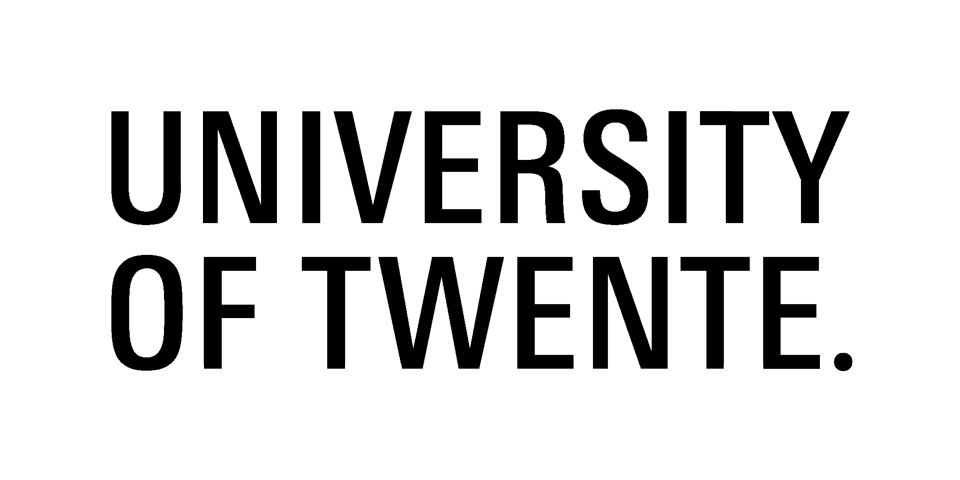Background
Head and neck cancer (HNC) is the sixth most common type of cancer worldwide, according to the 2022 cancer statistics [1]. This cancer type includes all malignancies that occur in the oral cavity, the larynx and the pharynx [2,3]. Of all HNC anatomical locations, the lips and the oral cavity are the most frequent (~41% of all incidences), followed by pharyngeal cancer (~33%), and laryngeal cancer (~20%) [1].
Given the anatomical distribution of HNC, the treatment of these patients frequently leads to permanent changes to their physiology and anatomy, often paired with permanent loss of swallowing and speech functions. The extreme patient burden that HNC patients endure severely affects their quality of life, making them the patient group with the higher likelihood of developing depression [4].
Aim
The ROADIME-HEAD project has the primary goal of improving the head and neck cancer workflow from diagnosis to treatment. By integrating clinical-practise standard data sources such as Ultrasound (US), High-resolution Impedance Manometry (HRIM), Video-Fluoroscopy Swallow Studies (VFSS), and Flexible Endoscopic Evaluation of Swallow videos (FEES), acquired by expert clinicians at the Netherlands Cancer Institute (NKI), with robotics, artificial intelligence, and other data processing techniques, developed under the supervision of dedicated experts at RAM, we aim to significantly improve decision making, treatment accuracy and rehabilitation in the HNC population.
To achieve such objectives, the research lines being developed focus on the implementation of new standardized approaches to substantially improve head and neck cancer treatment and functional outcomes.
Approaches
ROADIME-HEAD has already in motion several approaches to achieve the project’s aims, namely:
Diagnosis – SWAN framework
-
- Multimodal swallow analysis automation, using video-fluoroscopy swallow studies and high-resolution impedance manometry.
- Robotic navigation of the high-resolution impedance manometer through the oesophageal tract.
Treatment – TR.HEAD framework
-
- Robust estimation of deep resection margins in tongue tumours.
- Intra-operative feedback on tongue tumour resection margins, through automated imaging and robotic navigation.
If you're a student, and are interested in finding out more about this assignment, please send an email to f.j.siepel@utwente.nl or m.m.rocha@utwente.nl.
*This project originates from a close collaboration between the Robotics and Mechatronics (RAM) group at the University of Twente and the Netherlands Cancer Institute (NKI) in Amsterdam.
References
[1] Bray, Freddie, et al. "Global cancer statistics 2022: GLOBOCAN estimates of incidence and mortality worldwide for 36 cancers in 185 countries." CA: a cancer journal for clinicians 74.3 (2024): 229-263
[2] Rettig, Eleni M., and Gypsyamber D’Souza. "Epidemiology of head and neck cancer." Surgical oncology clinics 24.3 (2015): 379-396.
[3] Gormley, Mark, et al. "Reviewing the epidemiology of head and neck cancer: definitions, trends and risk factors." British Dental Journal 233.9 (2022): 780-786.
[4] Howren, M. Bryant, et al. "Psychological factors associated with head and neck cancer treatment and survivorship: evidence and opportunities for behavioral medicine." Journal of consulting and clinical psychology 81.2 (2013): 299.



